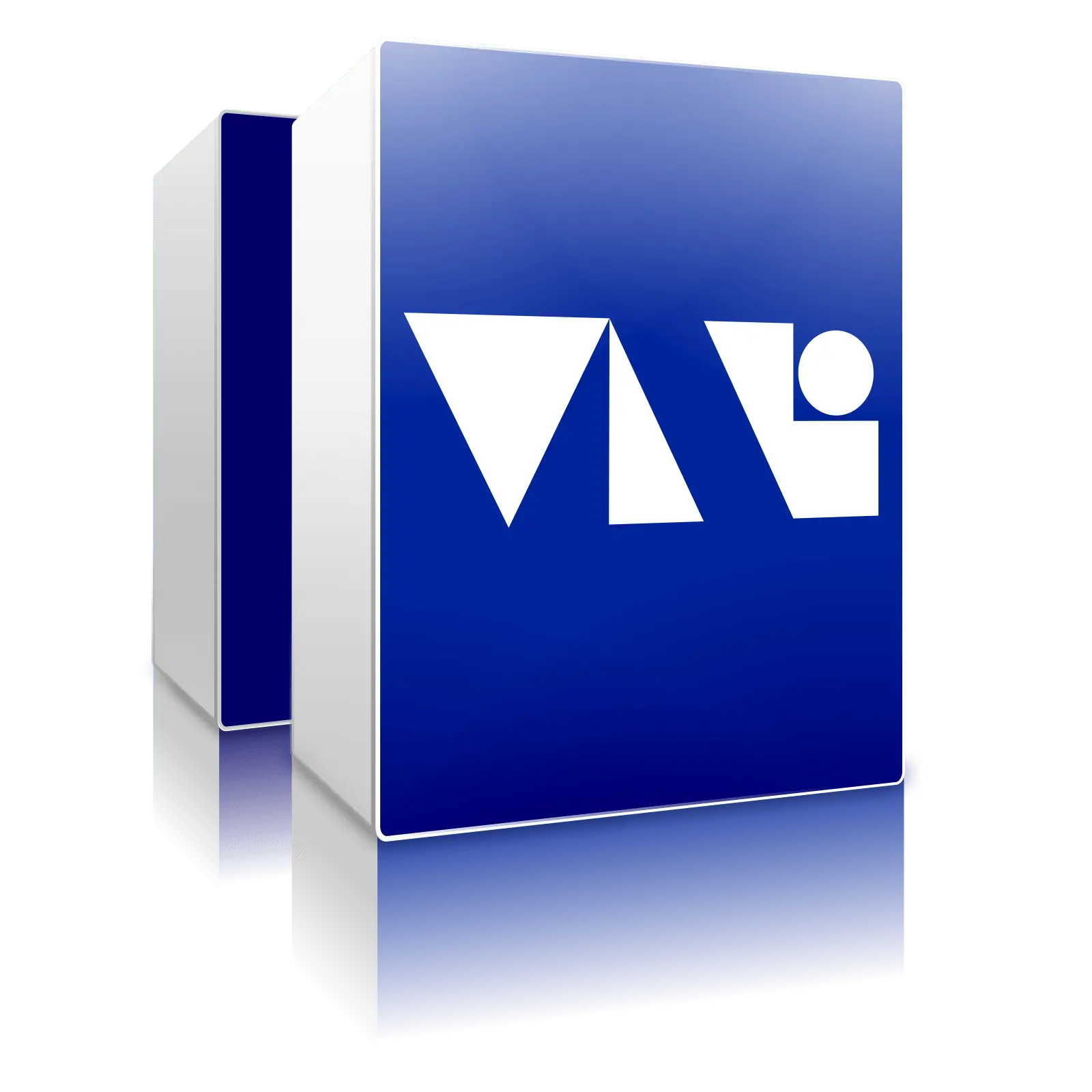Continuous Change Practitioner
Become a Continuous Change Practitioner grounded in our BluAgile™ essentials for Practitioners.
Methodology
Think Continuous Change
An objective of any change journey is the collection and preparation of the intelligence needed to respond to the change and the acquisition of the knowledge required to be able to do it. Individuals, leaders and managers use collaboration as the basis for finding solutions to their challenges that lays the foundation for making sound and ethical decisions to meet their and their organisations' strategic aims and objectives.
Credentialing for Continuous Change
Practitioner Guidance Essentials: Continuous Change
This designation is certified by EduNomix™ and acknowledged as a formal occupation by the ASCHP, a SAQA recognised professional body for supportive counsellors and holistic practitioners (ID 684). Practitioner-Specific Modules allow you to continue your journey as practitioner, provided that the Generic Modules have been obtained. The Continuous Change specialisation is go-to source for future-thinking practitioners interested in developing continuous change and transformation management competencies. The Continuous Change specialisation modules are:
Specific Practitioner Modules
Specific Practitioner Modules
Description of the specialisation Practitioner Modules and includes:
Continuous Change Perspective
A Continuous Change Perspective provides learners with in-depth knowledge and understanding of the most prominent change management models, discussing their significance and the contribution of each model. Learners discover the difference between transformation, change management and continuous change, understand why change management matters in organisations, and uncover the concepts related to episodic change, emergent change and continuous change, thus realising that the systemic nature of change is ongoing, evolutionary, personal, and transformational.
Specific Practitioner Module:
Continuous Change Perspective
Specific Practitioner Module:
Leading Continuous Change
Leading Continuous Change develops an understanding of the leaders' role and influence in establishing continuous change principles and their intent. Learners discover how the managerial leader is shaped by organisational change and transformation agendas, discover the change management drivers of their workplaces, get an understanding of the leader's guidance ability in creating a conducive continuous change culture in the department and develop the knowledge of the relevance and reputation of leading continuous change in the context of their workplaces.
Specific Practitioner Module:
Leading Continuous Change
Specific Practitioner Module:
Managing Continuous Change
Managing Continuous Change
Continuous Change Assessment
Continuous Change Assessment provides an overview of the mechanisms needed to measure ongoing change as an attribute and the distinction between leading change and leading continuous change. Learners discover the essentials of change assessment and gain insight into the measurability of continuous change.
Specific Practitioner Module:
Continuous Change Assessment
Specific Practitioner Module:
Applied Continuous Change
Applied Continuous Change
Comparative Credit Value
| Module | Comparative Credit Value * |
| Continuous Change Perspective | 10 |
| Individual's Response to Continuous Change | 10 |
| Leading Continuous Change | 10 |
| Managing Continuous Change | 10 |
| Continuous Change Assessment | 10 |
| Applied Continuous Change | 10 |
| Subtotal (Specific Practitioner Modules) | 60 |
| The Core Practitioner Modules | 70 |
| Total (Comparative Credit Value) | 130 |
* Note: Comparative credit value refers to the anticipated notional hours

Continuous Change
Practitioner Essentials
Credentialing made simple with VNI Consultants.
Brought to you by Nomix™ & xlusive BluAgile® Methodology.
Schedule your free info session
Schedule your free info session
Apply
Apply Now
Kindly submit your details in the form to access your product brochure, and or schedule an appointment to engage with one of our Collaborateurs - follow the ENGAGE link above to set-up an appointment with a Nomix™ Collaborateur.
